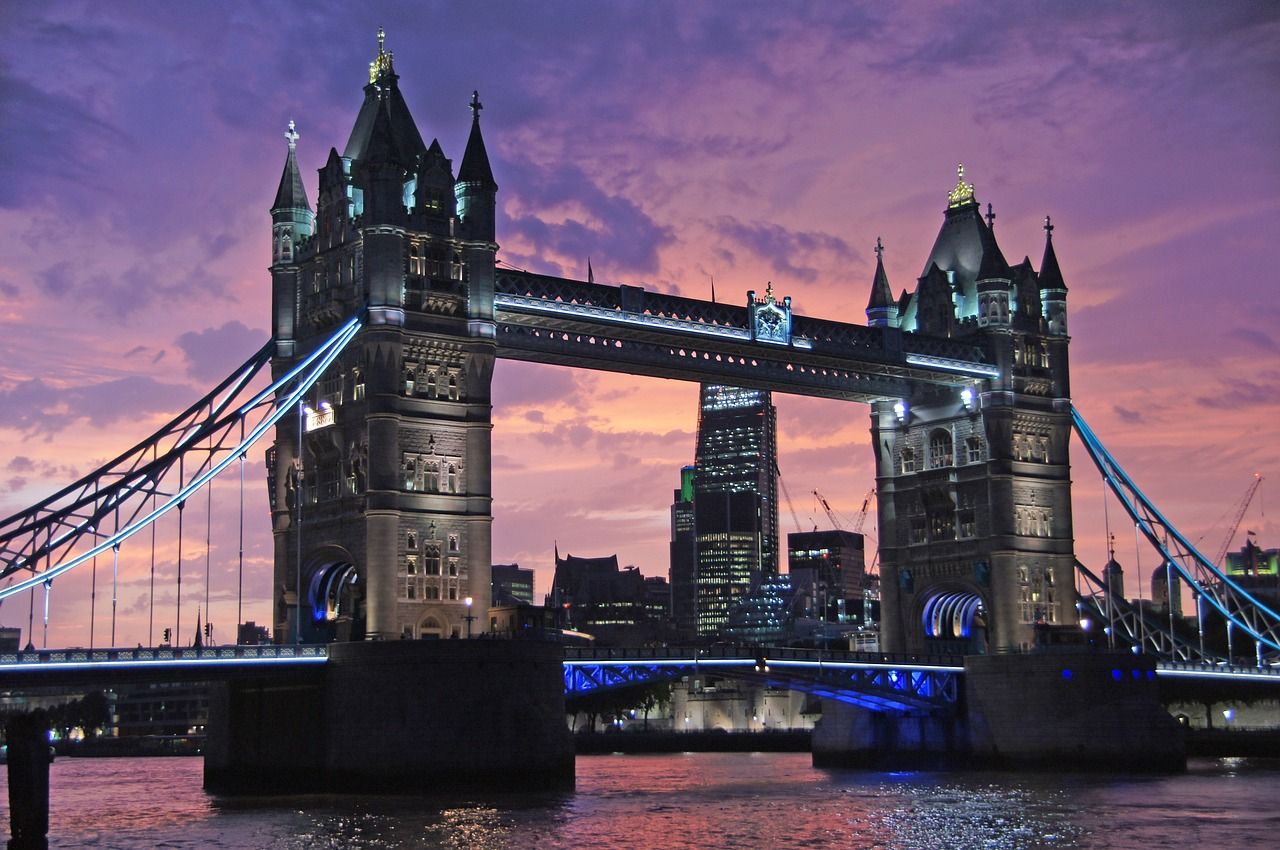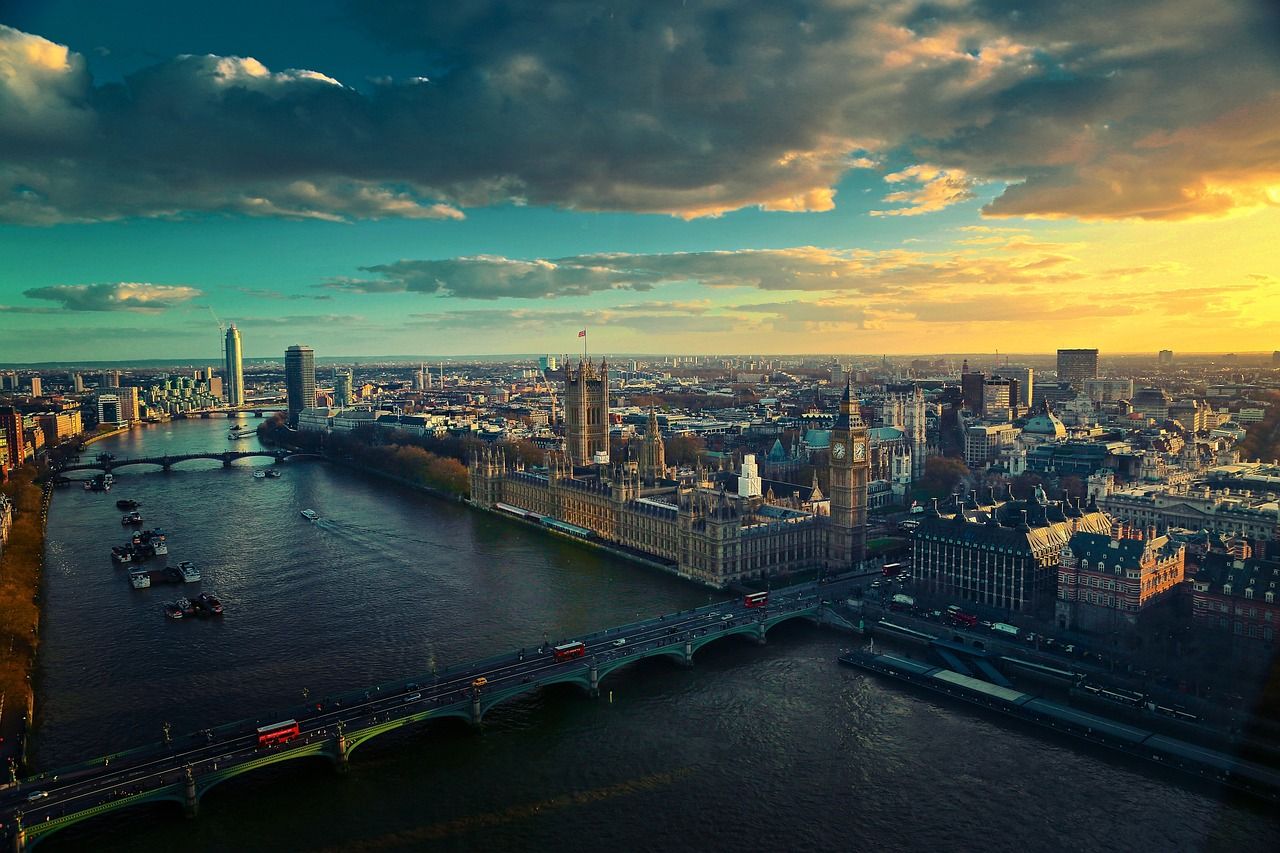Getting around
Despite its 9 million population, London is not a spread-out metropolis like Berlin or Shanghai. The main sights in the city are surprisingly near to each other, meaning a visitor often doesn't need the (slightly less busy post-Covid) Underground network (known in London as the Tube). This means that if you feel like a walk, your journey will likely be fairly manageable.
What's more, London is a pedestrian-friendly city. There are none of the six-lane boulevards or thundering junctions you get in other cities, meaning a walk can actually be a tranquil way to get about.
In terms of public transport, the London Underground network is fast, frequent and mostly reliable. A signel ticket from one station to another is pricey - something like £5 or £7 depending on where you're going - but if you use a contactless bank card, you will automatically be charged the cheapest fare and your daily spend will be capped at quite a reasonable maximum amount per day, again depending on where you start your journey.
London buses are also included in this fares system (a single ride costs around £1.50, but you can't pay with cash, only card). While they are slow during the working day, they are often a good option for specific, short journeys when you don't feel like cramming onto the Tube.
Of course, another option is the legendary London black cab, a trade still going strong despite the threat posed by Uber-style services. Black cabs can be hailed anywhere on the street if they have their orange light on, and even though they are pricey (a 6-kilometre journey will cost around £20), 'cabbies' are by far the best navigators of London and will get you where you need to be more efficiently than anybody else on the road.
Uber and its various competitors are longstanding operators in London. They come in slightly cheaper than black cabs (although, unlike cabbies, they cannot use London's extensive bus lane network), and the app system offers peace of mind if you're not used to the city.
We really don't recommend driving in London if you don't know the city!



.jpg)

